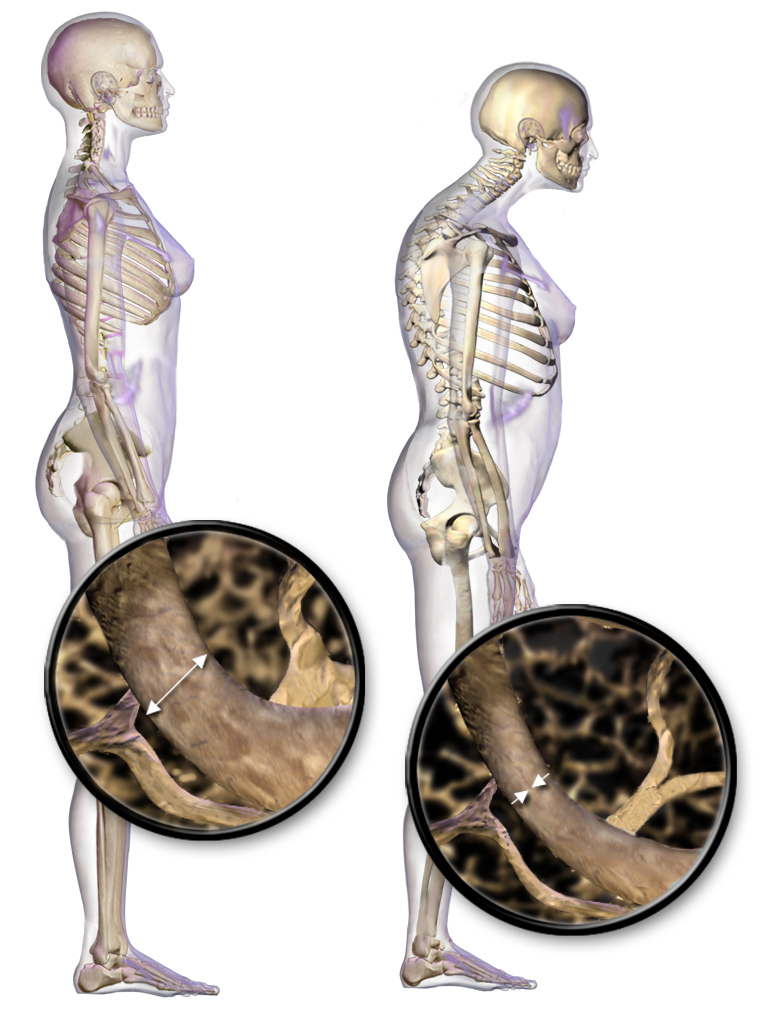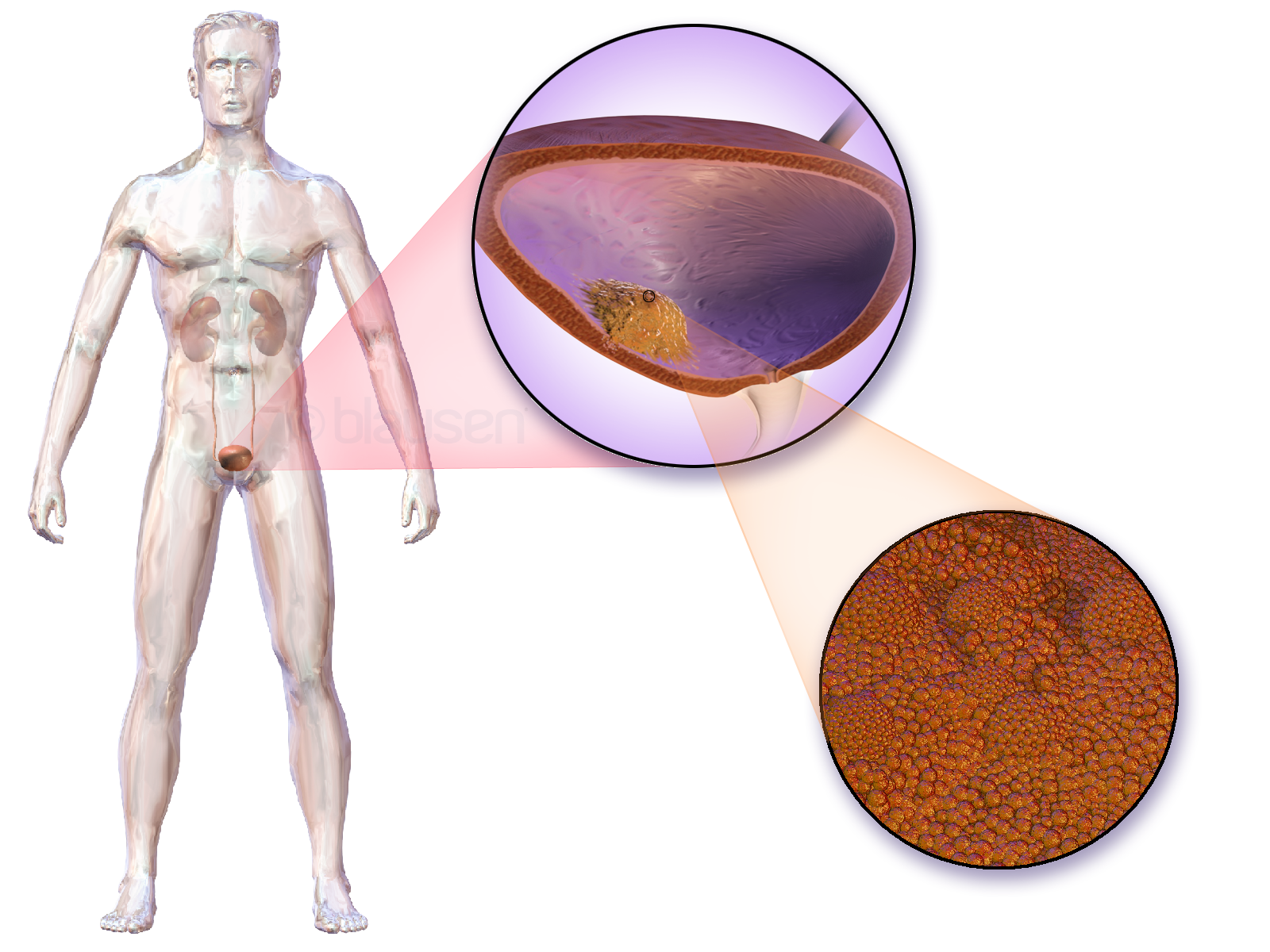|
Pioglitazone
Pioglitazone, sold under the brand name Actos among others, is an anti-diabetic medication used to treat type 2 diabetes. It may be used with metformin, a sulfonylurea, or insulin. Use is recommended together with exercise and diet. It is not recommended in type 1 diabetes. It is taken by mouth. Common side effects include headaches, muscle pains, inflammation of the throat, and swelling. Serious side effects may include bladder cancer, low blood sugar, heart failure, and osteoporosis. Use is not recommended in pregnancy or breastfeeding. It is in the thiazolidinedione (TZD) class and works by improving sensitivity of tissues to insulin. Pioglitazone was patented in 1985, and came into medical use in 1999. It is available as a generic medication. In 2022, it was the 120th most commonly prescribed medication in the United States, with more than 5million prescriptions. It was withdrawn in France and Germany in 2011. Medical uses Pioglitazone is used to lower blood glucose lev ... [...More Info...] [...Related Items...] OR: [Wikipedia] [Google] [Baidu] |
Rosiglitazone
Rosiglitazone (trade name Avandia) is an antidiabetic drug in the thiazolidinedione class. It works as an insulin sensitizer, by binding to the PPAR in fat cells and making the cells more responsive to insulin. It is marketed by the pharmaceutical company GlaxoSmithKline (GSK) as a stand-alone drug or for use in combination with metformin or with glimepiride. First released in 1999, annual sales peaked at approximately $2.5-billion in 2006; however, following a meta-analysis in 2007 that linked the drug's use to an increased risk of heart attack, sales plummeted to just $9.5-million in 2012. The drug's patent expired in 2012. It was patented in 1987 and approved for medical use in 1999. Despite rosiglitazone's effectiveness at decreasing blood sugar in type 2 diabetes mellitus, its use decreased dramatically as studies showed apparent associations with increased risks of heart attacks and death. Adverse effects alleged to be caused by rosiglitazone were the subject of over ... [...More Info...] [...Related Items...] OR: [Wikipedia] [Google] [Baidu] |
Metformin
Metformin, sold under the brand name Glucophage, among others, is the main first-line medication for the treatment of type2 diabetes, particularly in people who are overweight. It is also used in the treatment of polycystic ovary syndrome, and is sometimes used as an off-label adjunct to lessen the risk of metabolic syndrome in people who take antipsychotic medication. It has been shown to inhibit inflammation, and is not associated with weight gain. Metformin is taken by mouth. Metformin is generally well tolerated. Common adverse effects include diarrhea, nausea, and abdominal pain. It has a small risk of causing low blood sugar. High blood lactic acid level (acidosis) is a concern if the medication is used in overly large doses or prescribed in people with severe kidney problems. Metformin is a biguanide anti- hyperglycemic agent. It works by decreasing glucose production in the liver, increasing the insulin sensitivity of body tissues, and increasing GDF15 s ... [...More Info...] [...Related Items...] OR: [Wikipedia] [Google] [Baidu] |
Thiazolidinedione
The thiazolidinediones , abbreviated as TZD, also known as glitazones after the prototypical drug ciglitazone, are a class of heterocyclic compounds consisting of a five-membered C3NS ring. The term usually refers to a family of drugs used in the treatment of diabetes mellitus type 2 that were introduced in the late 1990s. As of 2024, there are two FDA-approved drugs in this class, pioglitazone and rosiglitazone. Mechanism of action Thiazolidinediones or TZDs act by activating PPARs (peroxisome proliferator-activated receptors), a group of nuclear receptors, specific for '' PPARγ'' (PPAR-gamma, PPARG). They are thus the PPARG agonists subset of PPAR agonists. The endogenous ligands for these receptors are free fatty acids (FFAs) and eicosanoids. When activated, the receptor binds to DNA in complex with the retinoid X receptor (RXR), another nuclear receptor, increasing transcription of a number of specific genes and decreasing transcription of others. The main effect ... [...More Info...] [...Related Items...] OR: [Wikipedia] [Google] [Baidu] |
Anti-diabetic Medication
Drugs used in diabetes treat types of diabetes mellitus by decreasing glucose levels in the blood. With the exception of insulin, most GLP-1 receptor agonists ( liraglutide, exenatide, and others), and pramlintide, all diabetes medications are administered orally and are thus called oral hypoglycemic agents or oral antihyperglycemic agents. There are different classes of hypoglycemic drugs, and selection of the appropriate agent depends on the nature of diabetes, age, and situation of the person, as well as other patient factors. Type 1 diabetes or Diabetes mellitus is an endocrine disorder characterized by hyperglycemia due to autoimmune destruction of insulin-secreting pancreatic beta cells or from variable degrees of insulin resistance and deficiency. Chronic hyperglycemia of diabetes can lead to multiorgan damage, resulting in renal, neurologic, cardiovascular, and other serious complications. The treatment for Type 1 diabetes is insulin injection. Type 2 diabetes is ... [...More Info...] [...Related Items...] OR: [Wikipedia] [Google] [Baidu] |
Takeda Pharmaceutical Company
The is a Japanese multinational pharmaceutical company. It is the third largest pharmaceutical company in Asia, behind Sinopharm and Shanghai Pharmaceuticals, and one of the top 20 largest pharmaceutical companies in the world by revenue (top 10 following its merger with Shire). The company has over 49,578 employees worldwide and achieved US$19.299 billion in revenue during the 2018 fiscal year. The company is focused on oncology, rare diseases, neuroscience, gastroenterology, plasma-derived therapies and vaccines. Its headquarters is located in Chuo-ku, Osaka, and it has an office in Nihonbashi, Chuo, Tokyo. In January 2012, Fortune Magazine ranked the Takeda Oncology Company as one of the 100 best companies to work for in the United States. As of 2015, Christophe Weber was appointed as the CEO and president of Takeda. History Founding and initial acquisitions (1781–2010) Takeda Pharmaceuticals was founded in 1781, and was incorporated on January 29, 1925. One ... [...More Info...] [...Related Items...] OR: [Wikipedia] [Google] [Baidu] |
Type 2 Diabetes
Type 2 diabetes (T2D), formerly known as adult-onset diabetes, is a form of diabetes mellitus that is characterized by high blood sugar, insulin resistance, and relative lack of insulin. Common symptoms include increased thirst, frequent urination, fatigue and unexplained weight loss. Other symptoms include increased hunger, having a sensation of pins and needles, and sores (wounds) that heal slowly. Symptoms often develop slowly. Long-term complications from high blood sugar include heart disease, stroke, diabetic retinopathy, which can result in blindness, kidney failure, and poor blood flow in the lower limbs, which may lead to amputations. A sudden onset of hyperosmolar hyperglycemic state may occur; however, ketoacidosis is uncommon. Type 2 diabetes primarily occurs as a result of obesity and lack of exercise. Some people are genetically more at risk than others. Type 2 diabetes makes up about 90% of cases of diabetes, with the other 10% due primar ... [...More Info...] [...Related Items...] OR: [Wikipedia] [Google] [Baidu] |
Osteoporosis
Osteoporosis is a systemic skeletal disorder characterized by low bone mass, micro-architectural deterioration of bone tissue leading to more porous bone, and consequent increase in Bone fracture, fracture risk. It is the most common reason for a broken bone among the Old age, elderly. Bones that commonly break include the vertebrae in the Vertebral column, spine, the bones of the forearm, the wrist, and the hip. Until a broken bone occurs there are typically no symptoms. Bones may weaken to such a degree that a break may occur with minor stress or spontaneously. After the broken bone heals, some people may have chronic pain and a decreased ability to carry out normal activities. Osteoporosis may be due to lower-than-normal peak bone mass, maximum bone mass and greater-than-normal bone loss. Bone loss increases after menopause in women due to lower levels of estrogen, and after andropause in older men due to lower levels of testosterone. Osteoporosis may also occur due to a ... [...More Info...] [...Related Items...] OR: [Wikipedia] [Google] [Baidu] |
Troglitazone
Troglitazone is an antidiabetic and anti-inflammatory drug, and a member of the drug class of the thiazolidinediones. It was prescribed for people with diabetes mellitus type 2. It was patented in 1983 and approved for medical use in 1997. It was subsequently withdrawn. Mechanism of action Troglitazone, like the other thiazolidinediones ( pioglitazone and rosiglitazone), works by activating peroxisome proliferator-activated receptors (PPARs). Troglitazone is a ligand to both PPARα and – more strongly – PPARγ. Troglitazone also contains an α-Tocopherol moiety, potentially giving it vitamin E-like activity in addition to its PPAR activation. It has been shown to reduce inflammation. Troglitazone use was associated with a decrease of nuclear factor kappa-B (NF-κB) and a concomitant increase in its inhibitor (IκB). NFκB is an important cellular transcription regulator for the immune response. History Troglitazone was developed by Daiichi Sankyo (Japan). In t ... [...More Info...] [...Related Items...] OR: [Wikipedia] [Google] [Baidu] |
Bladder Cancer
Bladder cancer is the abnormal growth of cells in the bladder. These cells can grow to form a tumor, which eventually spreads, damaging the bladder and other organs. Most people with bladder cancer are diagnosed after noticing blood in their urine. Those suspected of having bladder cancer typically have their bladder inspected by a thin medical camera, a procedure called cystoscopy. Suspected tumors are removed and examined to determine if they are cancerous. Based on how far the tumor has spread, the cancer case is assigned a stage 0 to 4; a higher stage indicates a more widespread and dangerous disease. Those whose bladder tumors have not spread outside the bladder have the best prognoses. These tumors are typically surgically removed, and the person is treated with chemotherapy or one of several immune-stimulating therapies. Those whose tumors continue to grow, or whose tumors have penetrated the bladder muscle, often have their bladder surgically removed ( radical cy ... [...More Info...] [...Related Items...] OR: [Wikipedia] [Google] [Baidu] |
Hazard Ratio
In survival analysis, the hazard ratio (HR) is the ratio of the hazard rates corresponding to the conditions characterised by two distinct levels of a treatment variable of interest. For example, in a clinical study of a drug, the treated population may die at twice the rate of the control population. The hazard ratio would be 2, indicating a higher hazard of death from the treatment. To illustrate how hazard ratio is linked to projected risk: in a population where the incidence of a disease is 10% by age 65 (eg: Dementia), a hazard ratio of 4.42 (eg: Aripiprazole medication) results in an expected incidence of 37.3% by age 65. For example, a scientific paper might use an HR to state something such as: "Adequate COVID-19 vaccination status was associated with significantly decreased risk for the composite of severe COVID-19 or mortality with a[n] HR of 0.20 (95% CI, 0.17–0.22)." In essence, the hazard for the composite outcome was 80% lower among the vaccinated relative to tho ... [...More Info...] [...Related Items...] OR: [Wikipedia] [Google] [Baidu] |
Hypersensitivity
Hypersensitivity (also called hypersensitivity reaction or intolerance) is an abnormal physiological condition in which there is an undesirable and adverse immune response to an antigen. It is an abnormality in the immune system that causes Immune disorder, immune diseases including allergies and autoimmunity. It is caused by many types of particles and substances from the external environment or from within the body that are recognized by the immune cells as antigens. The immune reactions are usually referred to as an over-reaction of the immune system and they are often damaging and uncomfortable. In 1963, Philip George Houthem Gell and Robin Coombs introduced a systematic classification of the different types of hypersensitivity based on the types of antigens and immune responses involved. According to this system, known as the #Gell and Coombs classification, Gell and Coombs classification or Gell-Coombs's classification, there are four types of hypersensitivity, namely: Typ ... [...More Info...] [...Related Items...] OR: [Wikipedia] [Google] [Baidu] |



